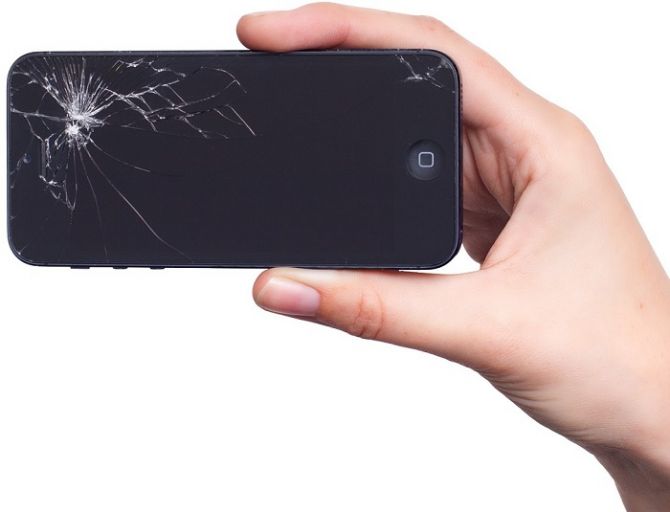Flexible, low-cost smartphone screens are here.

Photograph: Pixabay.com.
Brittle, expensive smartphone screens may soon be a thing of the past, thanks to scientists who have combined silver and graphene to develop environment friendly, flexible displays that match the performance of existing technologies at a fraction of the cost.
The new approach also promises devices that use less energy, are more responsive, and do not tarnish in the air.
Indium tin oxide, which is currently used to make smartphone screens, is brittle and expensive.
The primary constituent, indium, is a rare metal and is ecologically damaging to extract. Silver, which has been shown to be the best alternative to indium tin oxide, is also expensive.
Scientists at the University of Sussex in the United Kingdom combined silver nanowires with graphene -- a two dimensional carbon material. "While silver nanowires have been used in touch screens before, no one has tried to combine them with graphene," said Alan Dalton from the University of Sussex.
In particular, the way in which these materials are assembled is new.
"We float the graphene particles on the surface of water, then pick them up with a rubber stamp and lay it on top of the silver nanowire film in whatever pattern we like," said Dalton. "This breakthrough technique is inherently scalable. It would be relatively simple to combine silver nanowires and graphene in this way on a large scale using spraying machines and patterned rollers."

Representational Photograph: Courtesy US Army RDECOM/Creative Commons.
The technology could make brittle mobile phone screens a thing of the past, researchers said.
"The addition of graphene to the silver nanowire network also increases its ability to conduct electricity by around a factor of ten thousand," Dalton said. "This means we can use a fraction of the amount of silver to get the same, or better, performance. As a result screens will be more responsive and use less power."
The new hybrid material matches the performance of the existing technologies at a fraction of the cost.
"Although silver is also a rare metal, like indium, the amount we need to coat a given area is very small when combined with graphene," said Matthew Large, at the University of Sussex. "Since graphene is produced from natural graphite -- which is relatively abundant -- the cost for making a touch sensor drops dramatically."
"One of the issues with using silver is that it tarnishes in air. What we've found is that the graphene layer prevents this from happening by stopping contaminants in the air from attacking the silver," he noted.
"What we've also seen is that when we bend the hybrid films repeatedly the electrical properties don't change, whereas you see a drift in the films without graphene that people have developed previously," Large added."This paves the way towards one day developing completely flexible devices."










